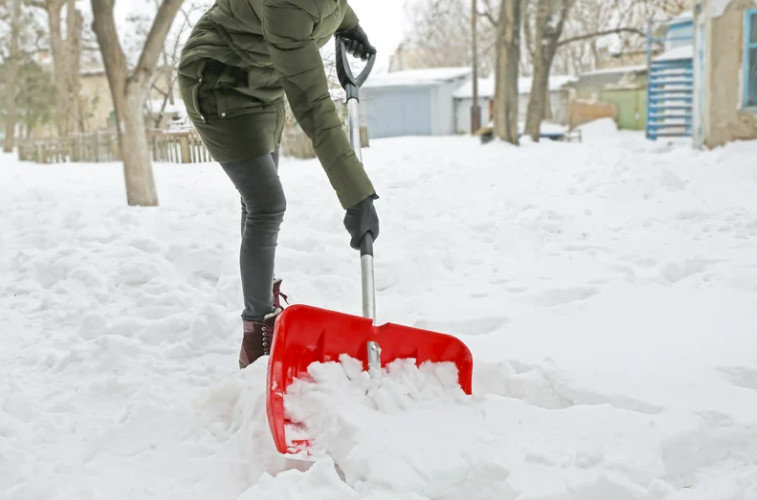
Winter in Ottawa brings plenty of beauty… and plenty of snow. For many of us, that means hours spent shoveling driveways and sidewalks. Unfortunately, it also means a rise in aches, pains, and preventable injuries.
At Capital Wellness Clinic, we often see patients with winter-related strains and back injuries — most of which could have been avoided with a few simple adjustments to posture, tools, and routine. Let’s look at the most common snow-shoveling injuries and how you can prevent them.
1. Low Back Strain
The problem: Bending forward repeatedly while lifting heavy snow places significant stress on your lumbar spine and supporting muscles. Twisting to toss snow adds even more load, leading to muscle spasms or disc irritation.
Prevention tips:
- Use a lightweight, ergonomic shovel with a curved handle.
- Bend your knees, not your back — hinge at the hips and keep your spine neutral.
- Push snow rather than lifting it whenever possible.
- Take breaks every 10–15 minutes to stretch or rest your back.
2. Shoulder and Rotator Cuff Injuries
The problem: Overhead tossing or repetitive arm movements can inflame shoulder tendons or cause microtears in the rotator cuff.
Prevention tips:
- Avoid throwing snow over your shoulder or to the side.
- Keep loads light — shovel smaller amounts more often.
- Warm up your shoulders with arm circles and light stretches before starting.
3. Neck and Upper Back Tension
The problem: Prolonged shoveling with a forward head posture or stiff upper body can lead to muscle tightness and headaches.
Prevention tips:
- Keep your neck in line with your spine — avoid craning forward.
- Switch sides often to balance muscle use.
- End with a few gentle neck and upper back stretches.
4. Wrist and Elbow Pain
The problem: Repetitive gripping and twisting motions can irritate tendons, leading to tendonitis or “shoveler’s elbow.”
Prevention tips:
- Use a shovel with a comfortable, padded grip.
- Keep your wrists in a neutral position — avoid excessive twisting.
- Stretch your forearms and hands afterward.
5. Slips and Falls
The problem: Ice hidden beneath snow can cause falls resulting in sprains, fractures, or tailbone injuries.
Prevention tips:
- Wear non-slip winter boots.
- Spread salt or sand before and during shoveling.
- Take shorter, slower steps on icy patches.
When to Seek Professional Help
If you feel persistent pain, numbness, or stiffness after shoveling, don’t ignore it. Early treatment from a physiotherapist, chiropractor, or massage therapist can prevent a small strain from turning into a chronic issue. At Capital Wellness Clinic, our team can assess your movement, release muscle tension, and teach you safer movement patterns for the winter season.


